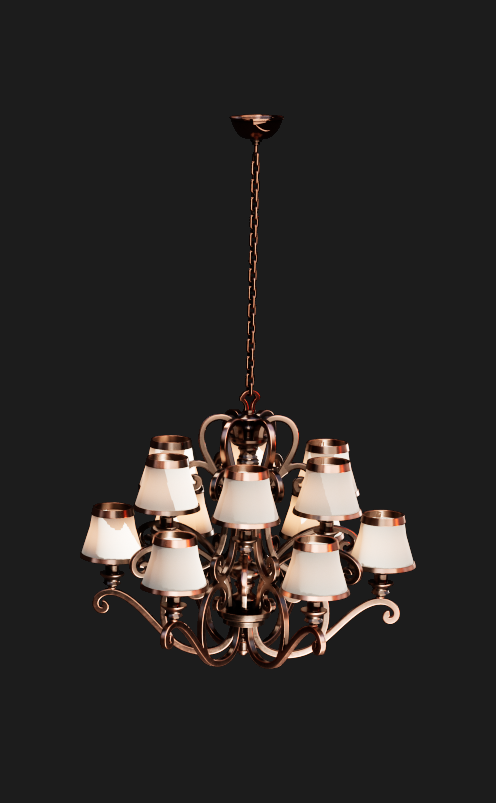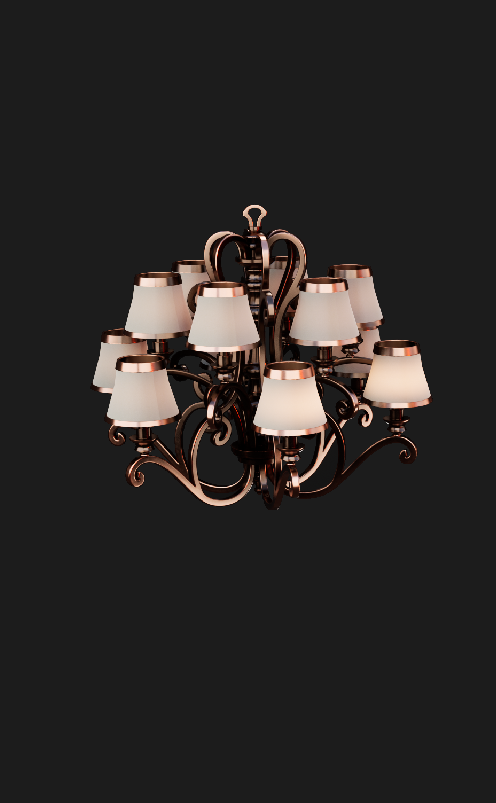
Mediterranean Mansion
Unreal Engine 5's new dynamic lighting system Lumen
Accomplishments
Great real time rendering performance
Lumen dynamic lighting
Custom realistic assets
Modularity
About the project
For our internal project, we were motivated to experiment with Unreal Engine 5’s new dynamic lighting system Lumen. We wanted to create an environment that can be applied both to the games industry, as well as virtual production and high-end cinematics.
The scene’s setting is a well kept and lived in mansion, built using ancient ruins as part of its exterior frame.
An extravagant piece of Mediterranean architecture. This mixture of styles allowed us to model both luxurious and intricate assets like the balcony’s railing, as well as some industrial pieces such as the spacious modern kitchen.
Our aim was to create an environment that approaches the visual quality and realism present in ArchViz, virtual production and high-end cinematics, while also keeping its real-time rendering performance in mind, allowing it to be used as a playable game level.
Great real time rendering performance
Through maintaining good modelling practices, optimizing our materials pipeline and keeping the scene’s texel density under control we were able to achieve high visual quality, while at the same time keeping real-time rendering performances on a high level
Lumen dynamic lighting
Lumen dynamic lighting Having a lot of transparent glass and reflective metallic surfaces really pushed UE5’s new GI feature to its limits, teaching us a lot about the system’s current limitations, as well as ways of avoiding its pitfalls and utilizing its strengths for our future projects.

Custom-made
realistic assets
From the walls and floor, to the furniture, appliances and even down to the small props, every single asset showcased in this scene is custom made and fit for purpose.
Doing this allowed us to stick really close to our original vision for this scene, letting the unique style of our team of 3D artists shine throughout the Mansion.

Structural Modularity
We pre-defined the exact dimensions of each repeating element in the scene. The mansion’s walls, floors, ceilings and skirting boards are all made up of just handful of models of different shapes and sizes, all designed to snap together seamlessly. Working with a small number of assets allowed us to optimize each one, and gave us the ability to freely experiment with the building’s dimensions in a non-destructive way during its assembly.